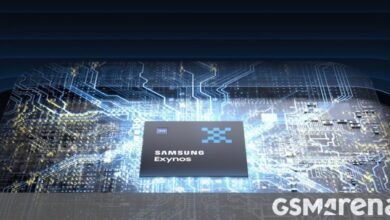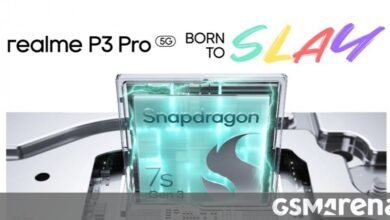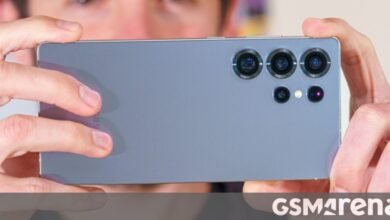Asus Zenfone 12 Ultra launches with Snapdragon 8 Elite, improved gimbal stabilization
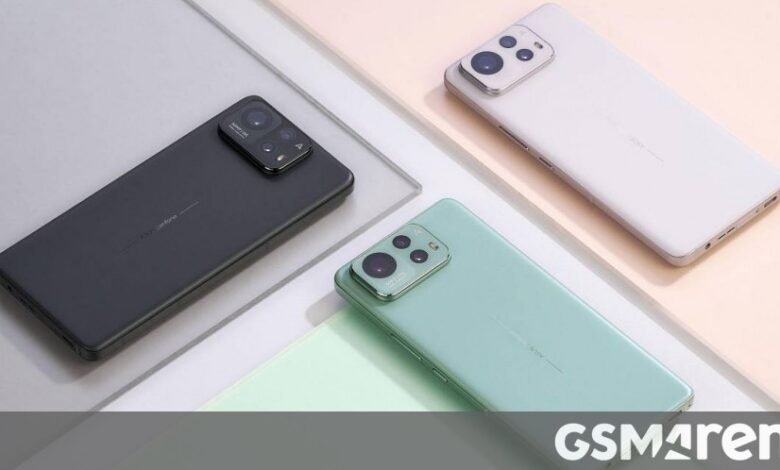
A few days ago, Asus unveiled the ROG Phone 9 FE but today, it’s time to focus on its other product line. The Asus Zenfone 12 Ultra arrives a bit earlier than usual with an early February launch instead of mid-July like its predecessor.
The big change this generation is the Snapdragon 8 Elite chipset, which is paired with up to 16GB of LPDDR5X RAM and up to 512GB of UFS 4.0 storage. The new chip promises 45% higher CPU performance, a 40% faster GPU and a 40% boost in NPU performance.
That last one is important as the add-on features from Asus add a lot of AI. It comes in two forms: on-device and Cloud AI. The Zenfone 12 Ultra comes with a Llama 3 8B model from Meta, which runs on device and is used for high-quality text summarization.
AI Call Translator 2.0 also runs on-device and does what it says on the tin – real-time voice translation for the default Phone app but also third-party messaging apps that support VoIP calls. The Recorder app has an AI Transcript 2.0 feature with multi-speaker identification, summarization and translation. You can also summarize articles and documents. Alright, that’s enough about AI.
The new main camera uses a Sony Lytia-700 sensor instead of the IMX890. The important upgrade is the 6-axis hybrid gimbal stabilizer, now in version 4. It can correct ±5° of movement, a 66% improvement over the Zenfone 11 Ultra gimbal stabilizer (that was version 3).
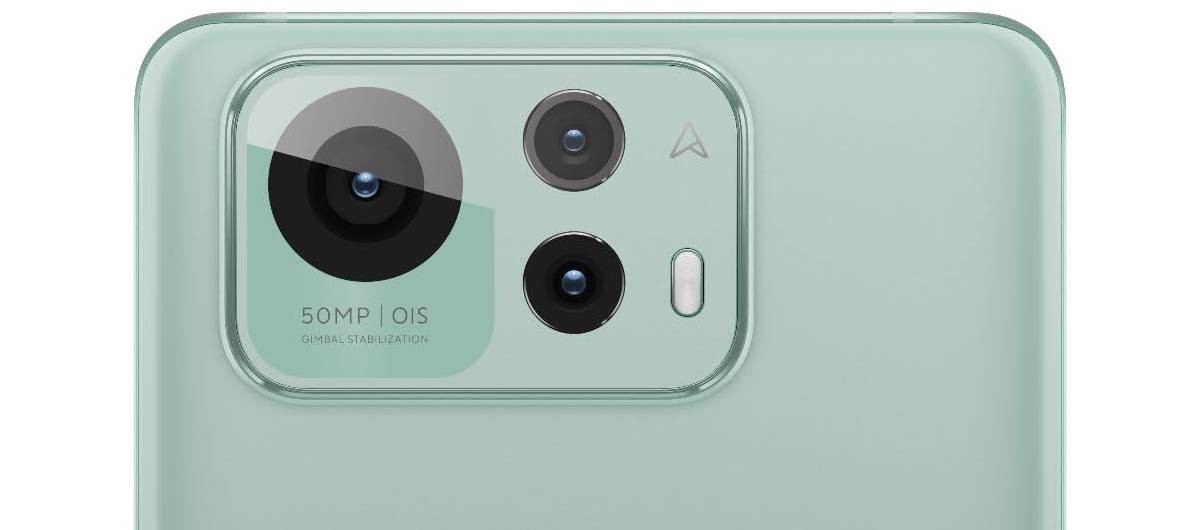
The 32MP telephoto camera has optical stabilization too (no word on its performance) and offers 3x optical and 10-30x HyperClarity zoom. Above that is the 120° ultra-wide camera. On the front, the selfie camera is based on a 32MP RGBW sensor and a 90° lens.
Here are some official camera samples from all four cameras:




Asus Zenfone 12 Ultra official camera samples: main




Asus Zenfone 12 Ultra official camera samples: telephoto




Asus Zenfone 12 Ultra official camera samples: ultra-wide




Asus Zenfone 12 Ultra official camera samples: selfie
The Asus Zenfone 12 Ultra has a 6.78” OLED display (Samsung E6), similar to last year’s display. This is an LTPO panel with 1-120Hz refresh rate and a 144Hz option available for supported games. It peaks at 2,500 nits brightness and is protected by Gorilla Glass Victus 2.
The phone is equipped with a 5,500mAh dual-cell battery. It supports up to 65W wired and 15W wireless charging (Qi 1.3). The wired option takes the battery from 0% to 100% in 39 minutes. Once full, the battery promises up to 26 hours of use.

The Zenfone is one of the last refuges of the 3.5mm headphone jack. The phone even features Dirac Virtuo for Headphones technology, which works with both wired and wireless headphones. Alternatively, the phone has multi-magnet stereo speakers for listening without headphones.
Asus used 100% recycled aluminum for the frame and 22% recycled glass for the screen. At launch, there are three colors to choose from: Sage Green, Ebony Black and Sakura White. As before, the phone is rated IP68 for dust and water resistance.




Asus Zenfone 12 Ultra colorways: Sage Green • Ebony Black • Sakura White
On the connectivity side, this is a dual-SIM 5G phone with a tray that holds two nano-SIMs. However, this year there is an eSIM too, which is more convenient when travelling.
The Asus Zenfone 12 Ultra launches today in Europe, Taiwan and Hong Kong. In mainland Europe (it’s not available in the UK yet), the MSRP is set at €1,100. However, early bird buyers who buy one between February 6 and 28 will get it at a special price of €1,000. Asus will also launch the new model in Japan, more details on that to be announced soon.
Source link






